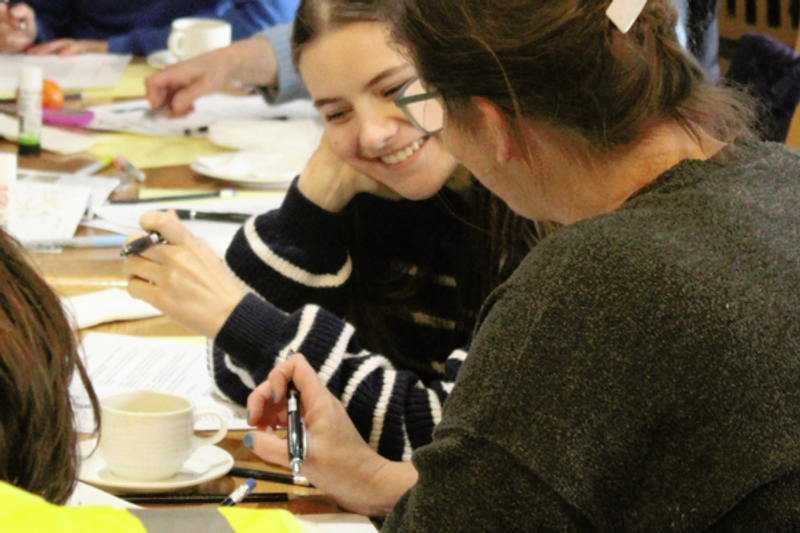‘Trowel and Error’ A Public User Needs Survey for Archaeology
We're thrilled to share that our new research report, Trowel and Error: A Public User Needs Survey for Archaeology, is now published. The most wide-ranging study in 25 years exploring how people across the UK want to discover and engage with archaeology.
Over 3,100 people took part in the project, from archaeologists and students to volunteers, heritage enthusiasts, and members of the wider public. Together, they’ve given us the clearest picture yet of what people value, the barriers to engagement, and how we can make archaeology more open, meaningful, and exciting for anyone who wants to take part.
Why now?
The last 25 years have transformed how we communicate and share knowledge. Social media, online video, interactive platforms, and AI - none of these existed in today’s form when the first PUNS report was published in 2001.
Archaeology has also changed. We’re producing more data than ever before, yet much of it remains siloed or difficult for non-experts to explore. Meanwhile, communities are asking bigger questions about heritage, identity, and whose stories get told.
Trowel and Error lands right at this turning point, offering evidence-based insights and a roadmap for a more inclusive, engaging archaeology sector.

What did we discover?
A]rchaeology, it's not just a bit of broken pot. Or a, you know, a bone. It's what it says and it what it starts the process within ourselves, looking at it and thinking about it and just being in touch and also that fantastic feeling that one has that you know there's people been doing this for 10s of thousands of years and...what am I worried about?" - Workshop participant
A huge 98% of respondents told us that archaeology is useful, not just as a window into the past but as a tool that helps us understand our communities, our places, and ourselves.
But the way people want to experience archaeology is changing fast.
Books and specialist websites still matter, but younger audiences are turning to YouTube, social media, and digital storytelling to explore archaeology on their own terms. People of all ages told us they want content that feels human, rooted in people, places, and everyday stories, not just lists of data.
There’s a huge appetite for big conversations, too. Topics like climate change, representation, and the lived experiences of ordinary people drew strong interest across all demographics.
At the same time, many participants said the technical language often used in archaeological reporting can make the subject feel elitist or hard to approach. And with 59% of archaeological content creators unable to collect feedback due to time or resource pressures, it’s clear the sector needs better tools and support to understand what audiences really need.

A blueprint for the future
The report calls for clear, practical changes. Not simply more information, but better ways of sharing it.
It highlights the need to:
- make archaeological processes and people more visible
- create layered, accessible resources that everyone can use at their own pace
- embrace digital creativity and collaboration
- build communication approaches shaped with communities, not just for them
- strengthen audience research so decisions are driven by evidence, not assumptions
- move beyond a data-first culture towards storytelling, openness, and shared exploration
Neil Redfern, Executive Director of the CBA, shared:
‘Trowel and Error’ points us towards a future where archaeology isn’t something distant or exclusive, but something anyone can use to explore, question, enjoy and shape the stories of the people and places in which they live, work and play. That is the future the Council for British Archaeology is working towards.
Barney Sloane, National Specialist Services Director at Historic England, adds:
This is a timely and fascinating report... it shows clearly how new media and new ways of story-telling can increase the public value of archaeology
Explore the report
The full report, public summaries (including Welsh and Gaelic versions), and appendices are all available now. You can read them by following the link below.
